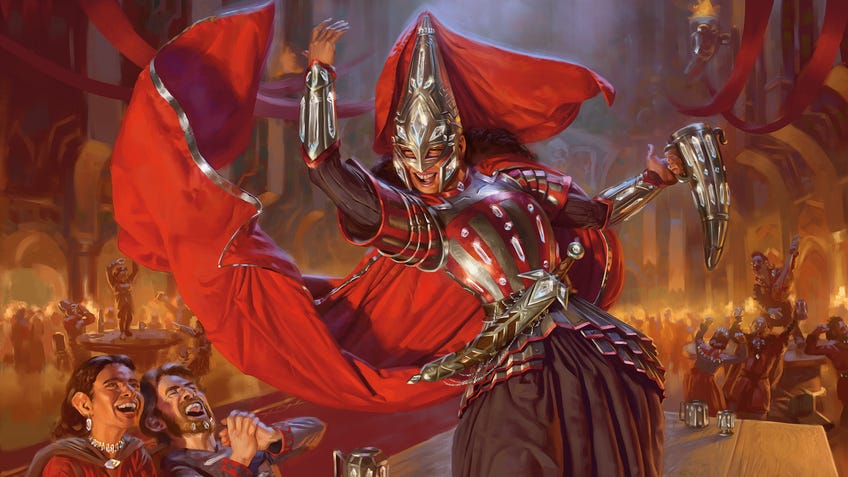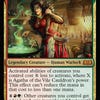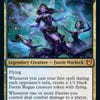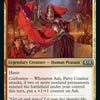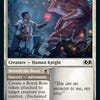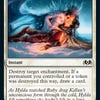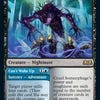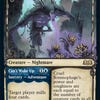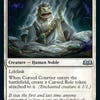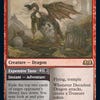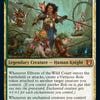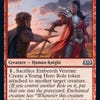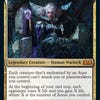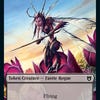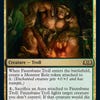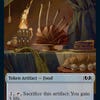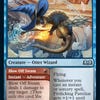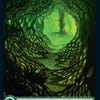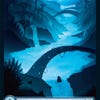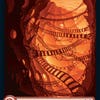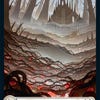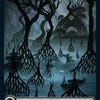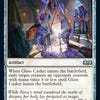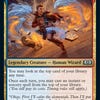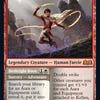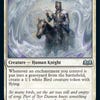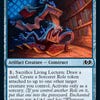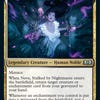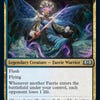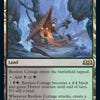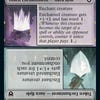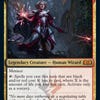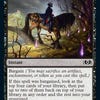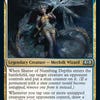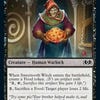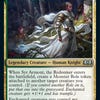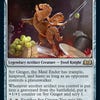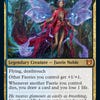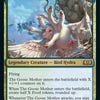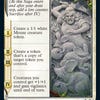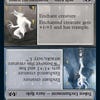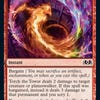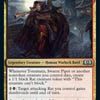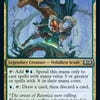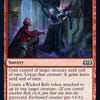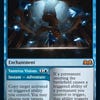MTG Wilds of Eldraine Mechanics and draft archetypes: storybook Roles, costly Bargains and Celebrations
Plus, the return on Adventures and Food tokens in the fairy tale-flavoured set.
Magic: The Gathering’s Wilds of Eldraine is less than a month away, meaning players have precious few weeks to prepare themselves for a return to the plane of court politics, fey powers and storybook legends. Publisher Wizards of the Coast held a press event that explained all of the mechanics you can expect to find on cards in the popular trading card game’s upcoming set.
Wilds of Eldraine is the first return to the plane since it was introduced in 2019’s Throne of Eldraine, and it’s the first set to follow in the wake of March of the Machine - a massive event that has left indelible marks on MTG’s narrative and design. The upcoming set mirrors this changing philosophy in its mixture of new and returning keywords and mechanics.
Returning Mechanics
First, the old stuff: Food tokens played a massive role in Throne of Eldraine’s design, and while it won’t fill the table in Wilds, players should still expect to see plenty of tokens they can crack open to restore some health - or put to better use with cards such as Syr Ginger, the Meal Ender. Not only does she act as a food token herself, she powers up everytime an artefact hits the graveyard from your side of the board.
Also returning are Sagas, the multi-stage enchantments that trigger different steps in their story each turn. Wilds of Eldraine’s Sagas will draw from the deep well of children’s tales and storybook inspirations, such as Three Blind Mice. The last returning mechanic, Adventures, will arrive slightly different because these new cards will carry off-colour Adventure sides - including at least one multi-colour cost. Creatures with an Adventure printed in their rules text can be cast as normal or played for their smaller adventure cost to gain that effect. They are then exiled and can be played as creatures for extra value.
Roles
Fitting Wilds of Eldraine’s focus on enchantments, the first new mechanic, Roles, are aura tokens that players attach to one of their creatures to apply a specific benefit to them. Most roles are granted via effects from other creatures entering the battlefield, such as Syr Armont, the Redeemer. Each creature can only have one role per player at a time, a decision which principal game designer Ian Duke said kept players from stacking as many roles as possible onto a single creature. Choosing who fits what roles becomes an interesting and strategic choice when you can’t voltron onto your chunkiest lad.
The core set will contain six roles - Monster, Sorcerer, Royal, Young Hero and two more not yet seen on the previewed cards. A seventh, Virtuous, will be limited to the two preconstructed Commander decks launching alongside Wilds of Eldraine but function virtually the same way.
Bargain
There’s a running joke in the MTG community that every keyword is “just Kicker”, a sarcastic flattening of design space meant to deflate the card game’s absolutely staggering list of mechanics. Bargain, another new keyword for Wilds of Eldraine, wears the “just Kicker” identity proudly. Whenever you cast a spell with Bargain, you can choose to pay the cost for an upgraded version that can be more powerful, wider ranging or offer an additional benefit. That cost is always an artefact, enchantment or token, meaning Roles synergize well if you want to strip the princess crown away from your werefox to pay for a massive fireball.
Celebration
This last new mechanic is fairly straightforward but likely contains several permutations through the upcoming set. Cards with Celebration will trigger an additional effect if two or more permanents entered the battlefield this turn. For example, Ash, Party Crasher gains a +1/+1 counter upon attacking if her controlling player met that Celebration trigger. Food and Role tokens both count towards that minimum, adding another layer of synergy to consider when constructing a deck or drafting in a limited environment.
Speaking of draft, Wilds of Eldraine’s draft archetypes were apparently designed in coordination with the narrative team such that each of the ten dual-colour Mana combinations fit with a fairy tale within the plane’s mythology and history. Duke and MTG story lead Roy Graham explained that drafting this set should feel like constructing the building blocks of the tale: its principal characters, pivotal scenes, settings and more. Whether players approach it from a mechanical coherence or narrative framing, they should be able to emerge with a solid deck and fairy tale.
Graham mentioned that the teams decided on the archetype/story combinations early so that commissioned artists would be able to provide subtle hints to players, adding yet another layer of connective tissue. This is apparently fairly unorthodox for MTG’s process, and the teams are interested to see how it lands with players and fans.
Here are the ten combinations and their associated story and archetypes:
- Red/Green: Ruby & the Wolf - Cares about 4+ Power creatures
- White/Black: Pale as Snow - Bargain and Sacrifice
- Green/Blue: The Kingdom of Storms - Ramp to 5+ mana value spells
- Black/Green: Greta, Witch Hunter - Midrange Food
- Blue/White: The Frost Queen - Tap enemy creatures
- Blue/Black: Enchanting Slumber - Faerie Typal and control
- Red/White: Brawl at the Grand Ball - Aggro and Celebration
- Green/White: Armont & the Beasts - Roles and creature enchantments
- Blue/Red: The Magician’s Misstep - Instants, Sorceries and Adventures
- Red/Black: The Dark Piper - Rat Tokens and Aggro
Wilds of Eldraine launches first on MTG Arena with an early access period beginning August 31st and full launch on September 5th. Tabletop players can get their hands on the new set starting September 8th following prerelease events at local game stores throughout the prior weekend.
